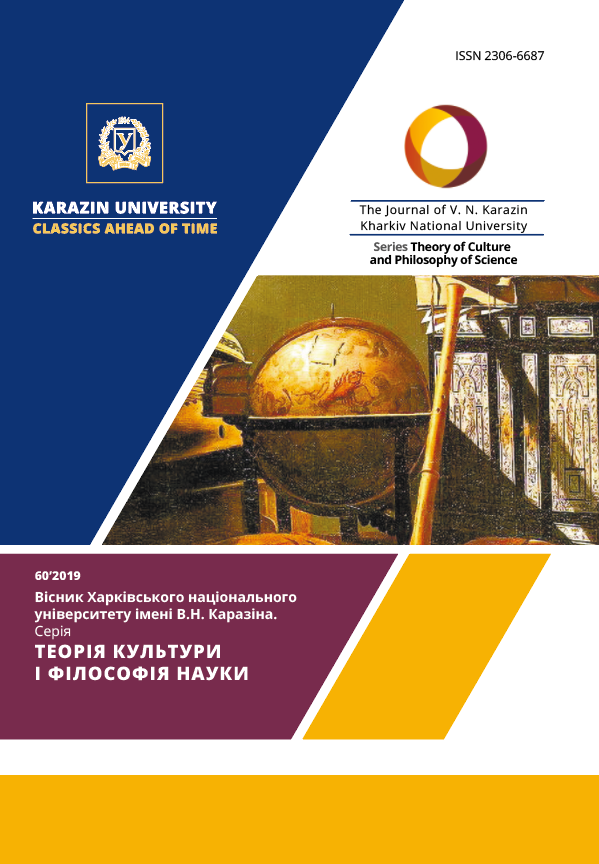Speech and temporality in the anthropology of dialogue
speaking in time
Abstract
The article concerns the explication of anthropological concept of the philosophy of dialogue. Concepts of philosophers of dialogue are explored: Martin Buber's "sphere of between", Ferdinand Ebner's "pneumatology", Franz Rosenzweig's "linguistic thinking" and Eugen Rosenstock-Huessy "grammatical method". Changes in the perception of language under the influence of a new concept of communication are shown. Language acquires an existential dimension, becomes a way of overcoming the loneliness of consciousness, the space of the emergence, existence and manifestation of new philosophical meanings.
Search for ways of communication with others and the world in general leads to the construction of a new concept of man with a renewed concept of freedom and the meaning of life. The philosophy of dialogue opposes the model of monological thinking, which changes the perception of the anthropological foundations. The true depth of consciousness opens only in communication (according to Ebner), therefore, it is the language which determines the existence; Rosenzweig’s "new thinking" begins with the recognition of the primacy of communication between people, God and the world; Rosenstock-Huessy’s "grammatical method" provides an opportunity to analyze various conditions and problems of society on the basis of analysis of types of speech; Buber’s «dialogic communication» goes beyond the boundaries of language and becomes a definite state of consciousness. Thus, freedom and identity formation of an individual are related to the individual’s communication with Others.
It is also shown that anthropological space transformation is also influenced by the perception of subjective time. The article features temporal accentuation of philosophy of dialogue and states that the theory of language is associated with the category of time, while they both influence the anthropological concept of dialogical philosophy. The philosophy of dialogue emphasizes present time, which is connected with communication held "here and now". The article shows that the past and future in the philosophy of dialogue are connected with different forms of language, different types of communication. The word and language in the philosophy of dialogue become not just categories of poetics, but anthropological categories which influence changes of ideas about freedom, personality formation, communication and sense of subjective time.
Downloads
References
Бубер М. Хасидские истории. Первые учителя: Пер. с нем. : М. Хорьков, Е. Балагушкин. – М. : Мосты культуры, 2006. – 524 с.
Идель М. Мартин Бубер и Гершом Шолем о хасидизме: критическое осмысление: Пер с англ. : Н. Э. Заболотной // Хасидские истории. Первые учителя. – М. : Мосты культуры, 2006. – С. 469 – 485.
Махлин В. Л. Я и Другой (истоки философии «диалога» ХХ века). – СПб. : Изд-во РХГИ, 1995. – 148 с.
Розенцвейг Ф. Новое мышление. Несколько дополнительных замечаний к «Звезде спасения»: Пер. с нем. В. Л. Махлина // Махлин В. Л. Я и Другой (истоки философии «диалога» ХХ века). – СПб.: Изд-во РХГИ, 1995. – С. 93 –115.
Розеншток-Хюсси О. Речь и действительность. Пер. с англ. А. Хараш. – М. : Лабиринт, 1994. – 212 с.
Эбнер Ф. Слово и духовные реальности // От Я к Другому: Сб. пер. по проблемам интерсубъективности, коммуникации, диалога. – Мн. : Минск, 1997. – С. 28– 44.




